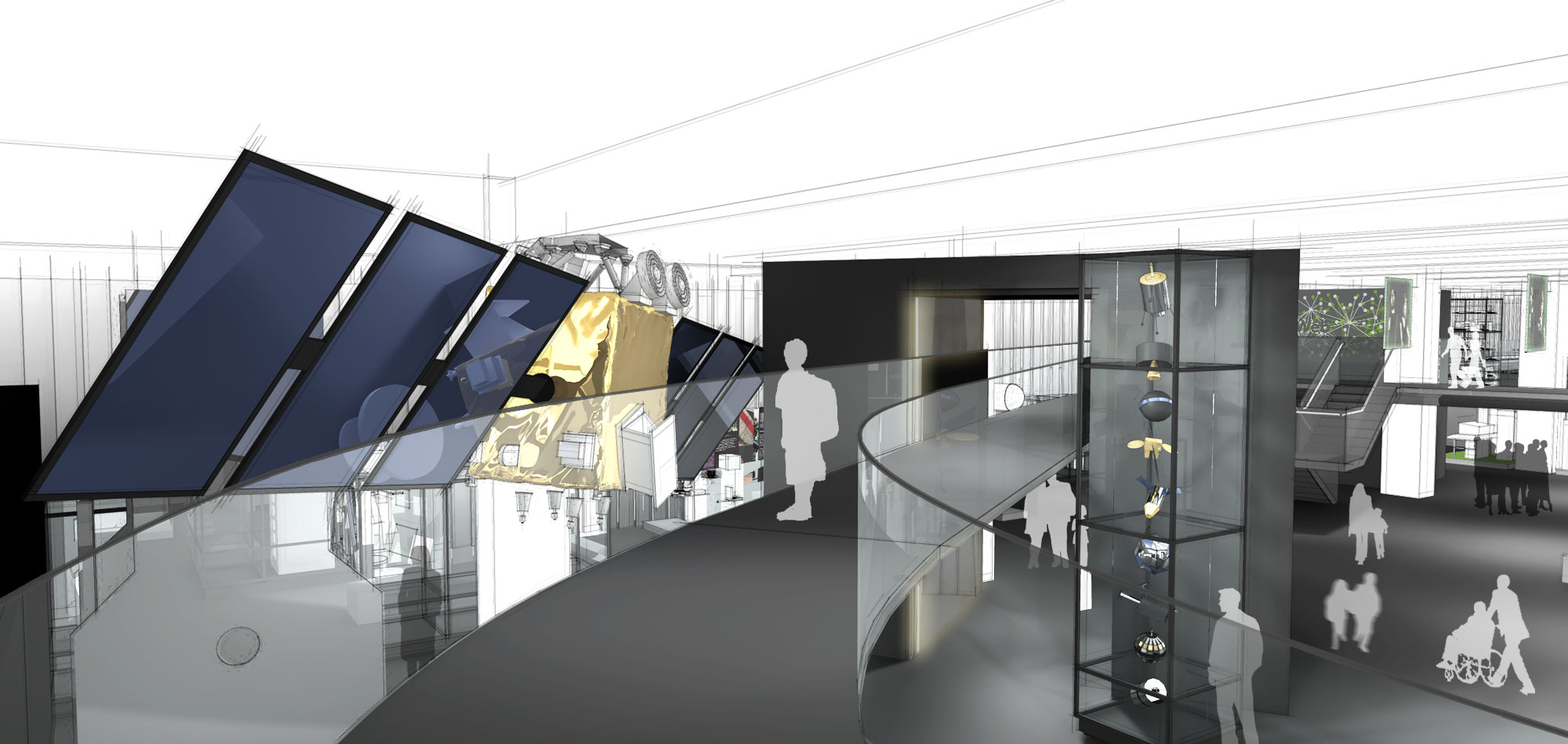Jen Kavanagh, Audience Engagement Manager, writes about the search for stories for our new Information Age gallery opening in September 2014. How do you send a message? Text? Email? What was used before computers? During the reign of Queen Victoria, it was the telegram. Do you have one tucked away somewhere at home that you could bring in and talk about? The Science Museum is inviting you to bring your telegrams into one of our collecting days at the Dana Centre (behind the Science Museum on […]
Jen Kavanagh, Audience Engagement Manager, writes about the search for stories for our new Information Age gallery opening in October 2014. Calling former telephone operators! We want to speak to the ladies who worked as telephone exchange operators in the 1950s and early 1960s, particularly around Enfield, London. We would like our visitors to be able to listen their memories alongside a display of the last manual telephone exchange in our Information Age gallery. Before automated systems were introduced in the 1960s, phone calls were manually connected by young female telephone […]
This blog post is writted by Chloe Vince, volunteer for Information Age. Information Age is a brand new communications gallery opening in 2014. “Joel, I’m calling you from a ‘real’ cellular telephone. A portable handheld telephone.” These words, spoken by Martin Cooper – a senior engineer at Motorola, to Joel Engel – a competing developer at the company Bell Labs, began the first ever conversation to be had on a mobile telephone. It was 40 years ago that Martin Cooper, […]
Tilly Blyth, Keeper of Technologies and Engineering, writes about the hidden histories of information. Information Age, a new £15.6m communication gallery, will reveal how our lives have been transformed by communication innovations over the last 200 years. Our new gallery on information and communications technologies, Information Age, will open in Autumn 2014. It will look at the development of our information networks, from the growth of the worldwide electric telegraph network in the 19th century, to the influence of mobile phones […]

Last night the Science Museum announced exciting details about a new £16m communications gallery, Information Age, writes curator Charlotte Connelly
When I was asked to help develop ideas about early radio broadcasting for a proposed new gallery at the Science Museum I soon realised that I needed help to build up my knowledge quickly. I began with the usual resources – I read some books, looked online and scoured our collection for likely looking objects to explore. While all of these resources could provide me with a technical understanding of the history of radio, I struggled to get a grasp […]